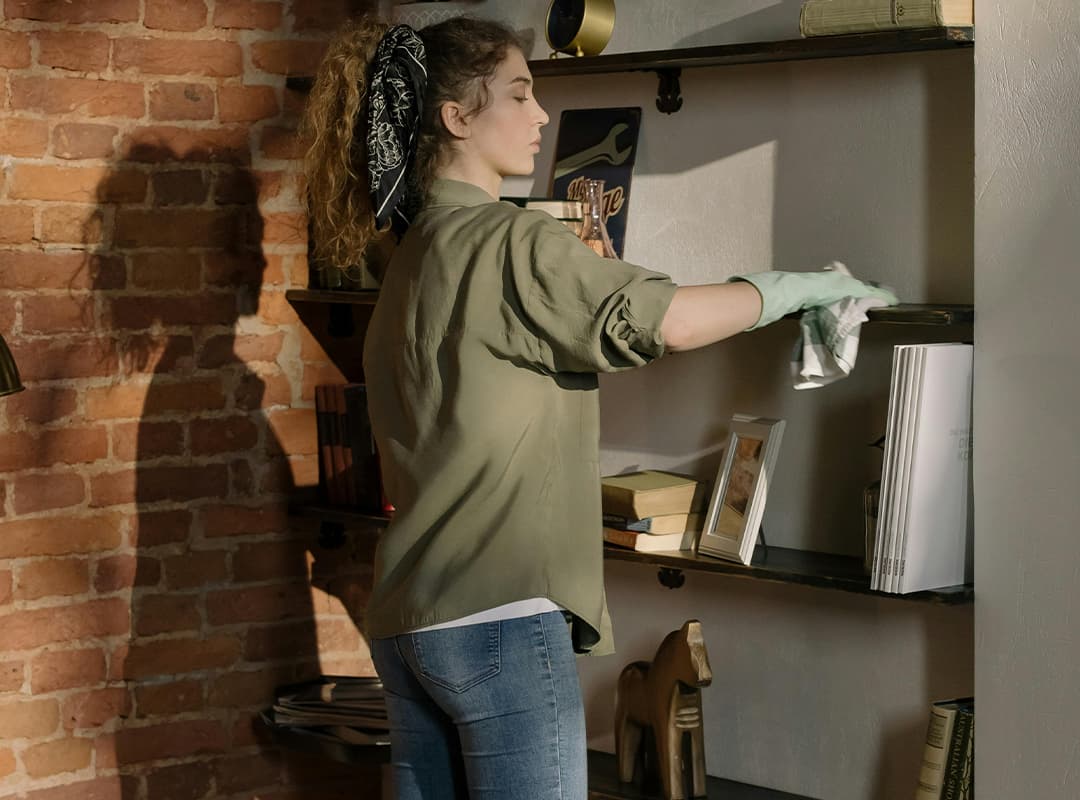When managing a household with both a nanny and a housekeeper, it’s crucial to ensure that both roles are integrated seamlessly to create a harmonious and efficient environment. Effective communication and coordination between these two essential caregivers can enhance the overall functionality of your home and ensure that everyone’s needs are met. Here’s how to establish and maintain effective interaction between your nanny and housekeeper, with a nod to how services like aupair programs can complement and enrich your household management.
1. Establish Clear Roles and Responsibilities
The first step to effective interaction is defining the roles and responsibilities of both the nanny and the housekeeper clearly. Each role should have well-defined duties to avoid overlap and confusion. For example, the nanny might be responsible for child care, educational activities, and managing the children’s schedules, while the housekeeper handles cleaning, laundry, and household organization. Clearly outlining these responsibilities helps both parties understand their specific tasks and reduces the risk of miscommunication.
Tip: Provide a written document that details the specific duties and expectations for each role. This ensures that both the nanny and the housekeeper are aware of their responsibilities and can refer to this document as needed.
2. Foster Open Communication
Encourage open and respectful communication between the nanny and housekeeper. Regularly scheduled meetings or brief check-ins can help both parties discuss any issues, share updates, and coordinate their efforts. Open lines of communication allow for quick resolution of any concerns and help prevent misunderstandings.
Tip: Set up a shared communication log or bulletin board in a central location where both the nanny and housekeeper can leave notes and updates for each other. This can be especially useful for noting changes in the children’s schedules, special instructions, or completed tasks.
3. Create a Unified Schedule
A well-organized schedule that incorporates both the nanny’s and housekeeper’s tasks helps ensure that their work complements each other. For instance, coordinating cleaning schedules around the children’s activities and meals prevents disruptions and ensures that the house is clean and ready for the next day.
Tip: Use a shared calendar or scheduling app to keep track of both the nanny’s and housekeeper’s tasks and appointments. This can help both parties stay informed about any changes or updates.
4. Address Special Needs and Preferences
If there are specific needs or preferences related to the children’s care or the household’s organization, make sure to communicate these clearly to both the nanny and the housekeeper. For example, if the children have particular routines or if there are certain cleaning products preferred, ensure both caregivers are aware of and adhere to these preferences.
Tip: Provide detailed instructions for any special tasks or requirements and discuss them with both the nanny and housekeeper to ensure consistency and satisfaction.
5. Encourage Teamwork and Respect
Fostering a sense of teamwork and mutual respect between the nanny and housekeeper is essential for a smooth-running household. Encourage them to work together and support each other in their roles. Respecting each other’s expertise and acknowledging their contributions helps build a positive working relationship.
Tip: Promote a culture of respect by acknowledging and appreciating the efforts of both the nanny and housekeeper. Regularly expressing gratitude for their hard work can enhance morale and teamwork.
6. Provide Support and Resources
Ensure that both the nanny and housekeeper have the resources and support they need to perform their tasks effectively. This includes providing necessary supplies, access to information, and any training that may be required. For example, if there are specific child care techniques or cleaning methods preferred, make sure they are well-informed and equipped to handle them.
Tip: Regularly check in with both the nanny and housekeeper to address any concerns or needs they may have. Providing them with the right tools and support helps them perform their duties efficiently.
7. Integrate an Au Pair Program
Consider integrating an au pair program into your household management. An au pair can provide additional support and flexibility, enriching the care provided to your children while also offering an opportunity for cultural exchange. By having an au pair, you can potentially ease the workload of both the nanny and housekeeper, allowing for a more balanced and collaborative environment.
Tip: If you have an au pair, make sure to include them in the communication and scheduling process. Their presence can complement the efforts of both the nanny and housekeeper, providing additional support and coordination.
Effective interaction between a nanny and a housekeeper is vital for maintaining a well-functioning and harmonious household. By establishing clear roles, fostering open communication, creating a unified schedule, addressing special needs, encouraging teamwork, and providing support, you can ensure that both caregivers work together efficiently. Integrating an au pair program can further enhance household management, offering additional support and flexibility. With thoughtful coordination and mutual respect, you can create a positive and organized environment that benefits everyone in your home.
